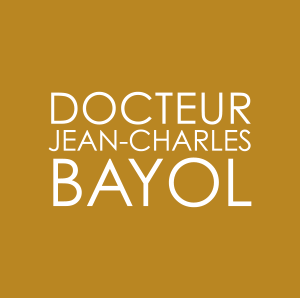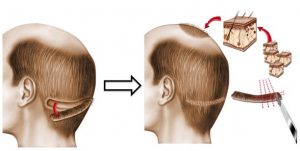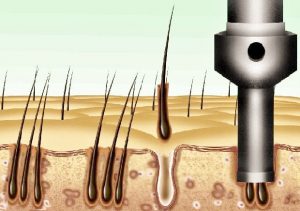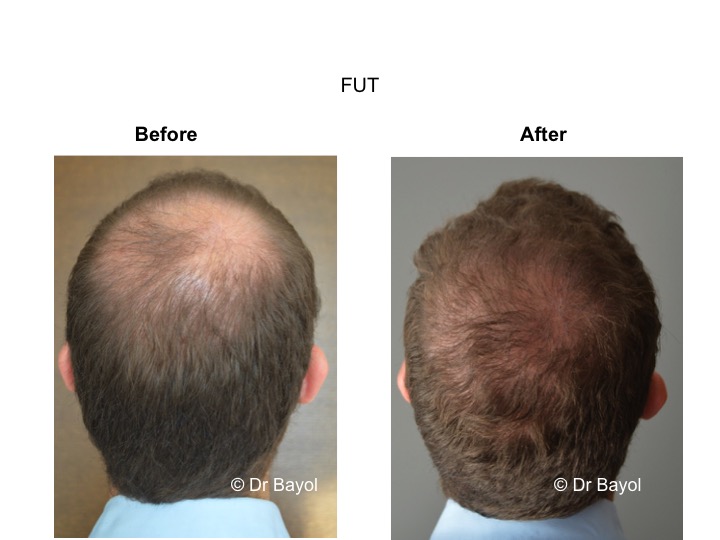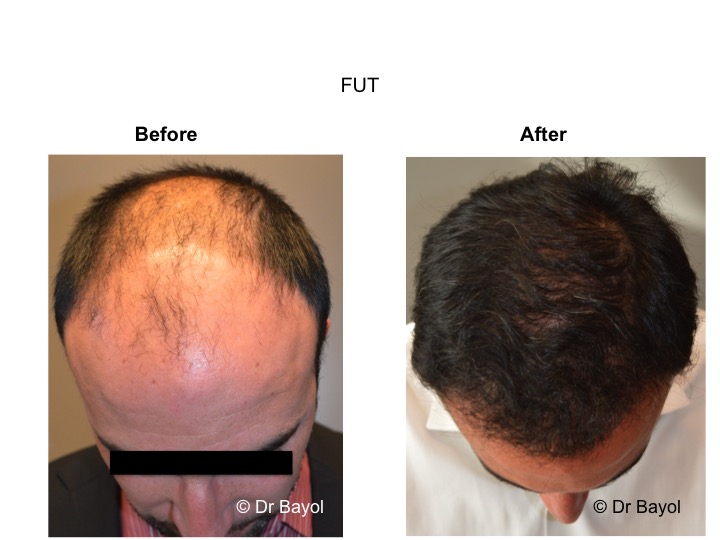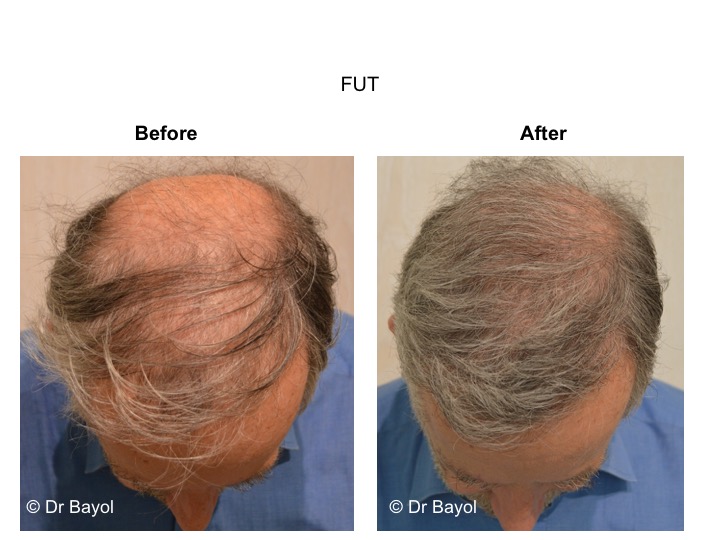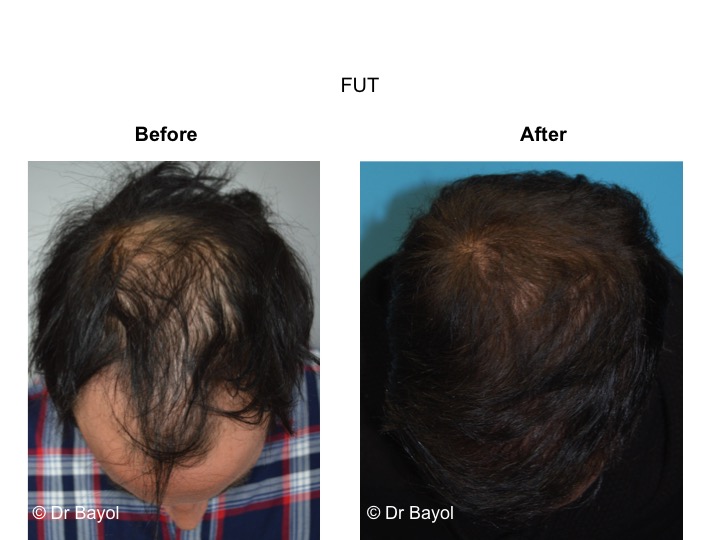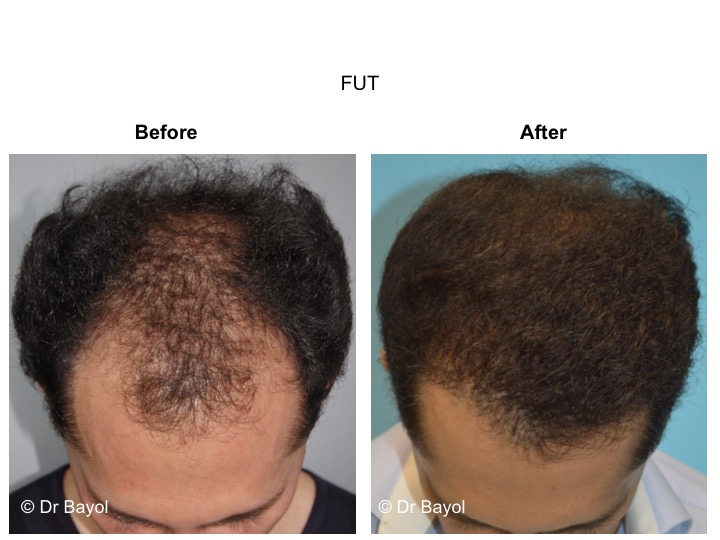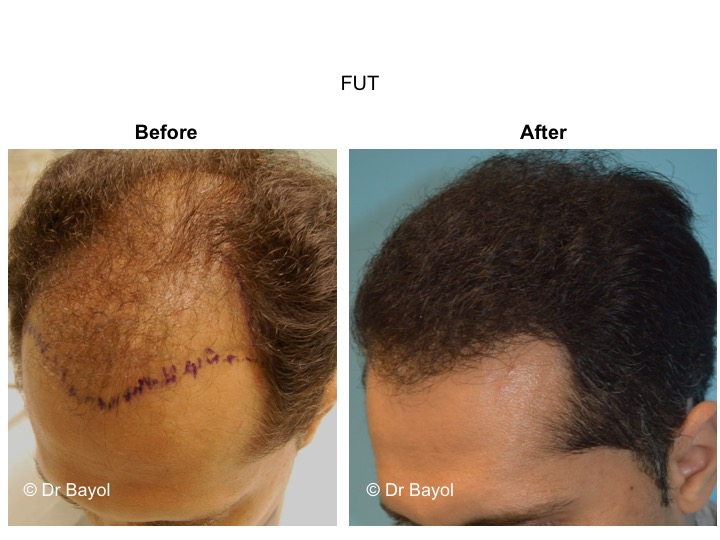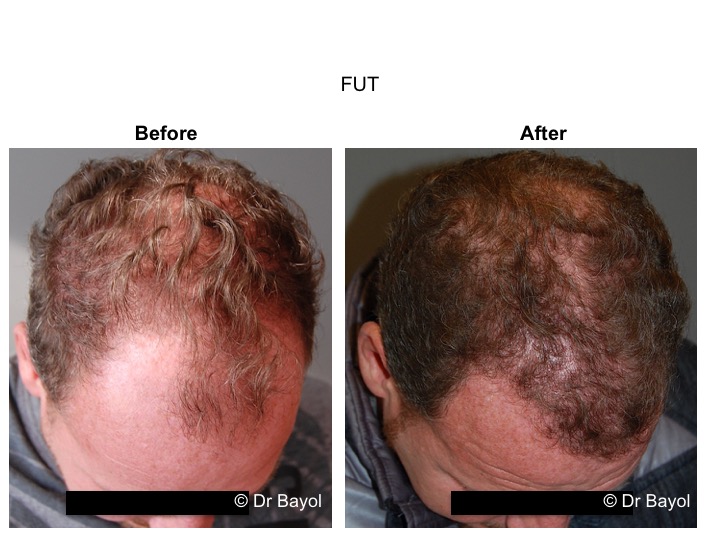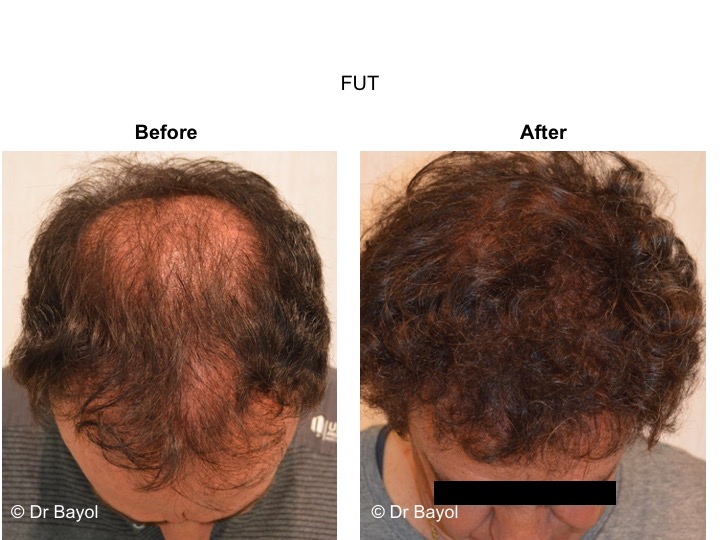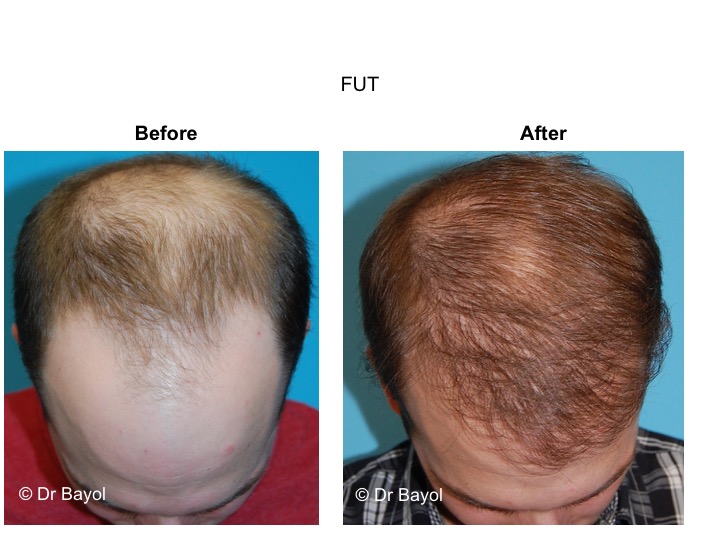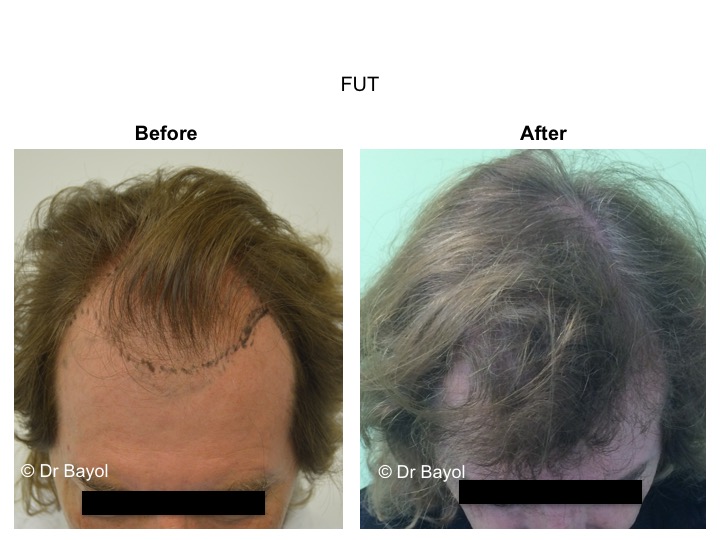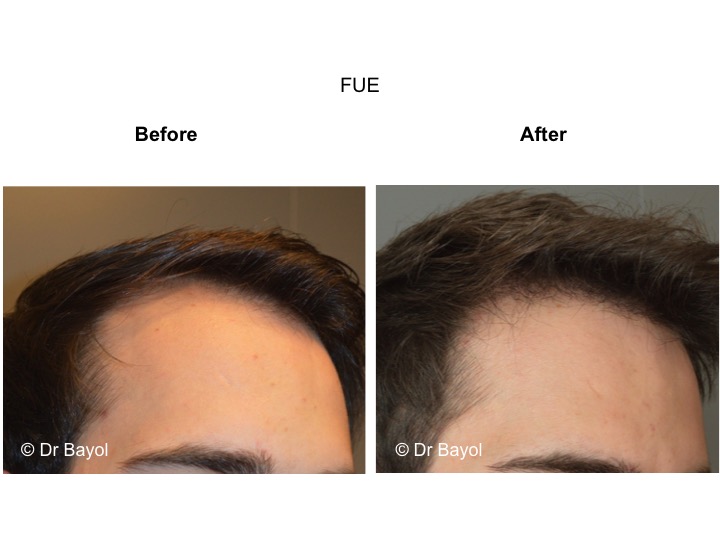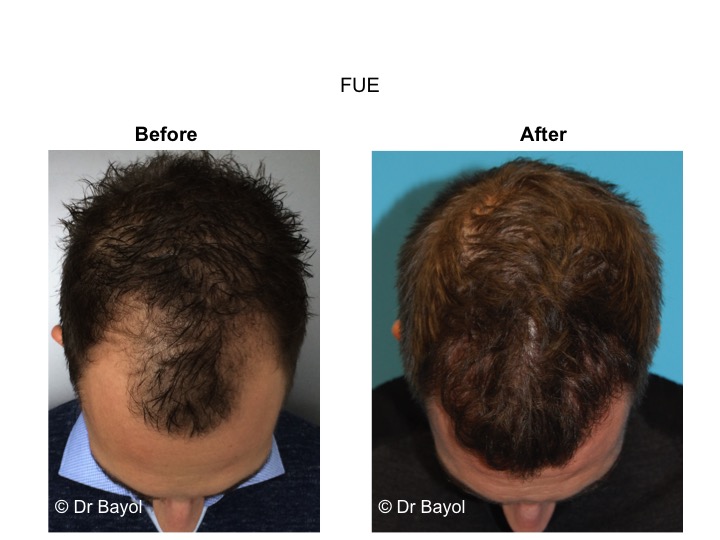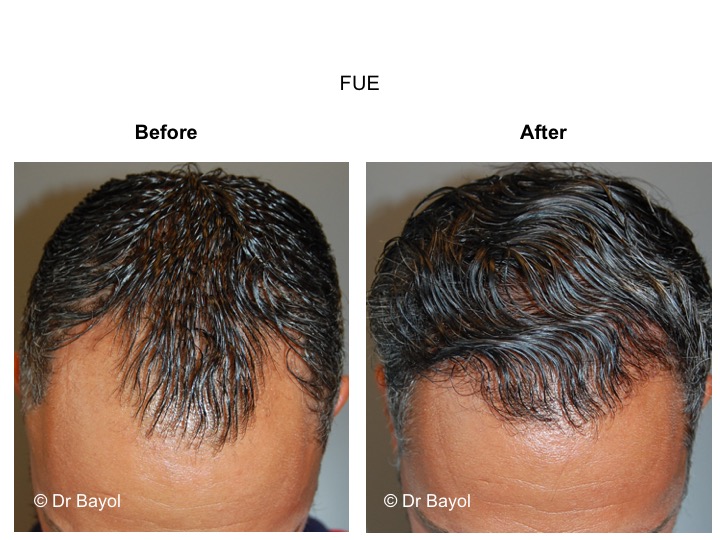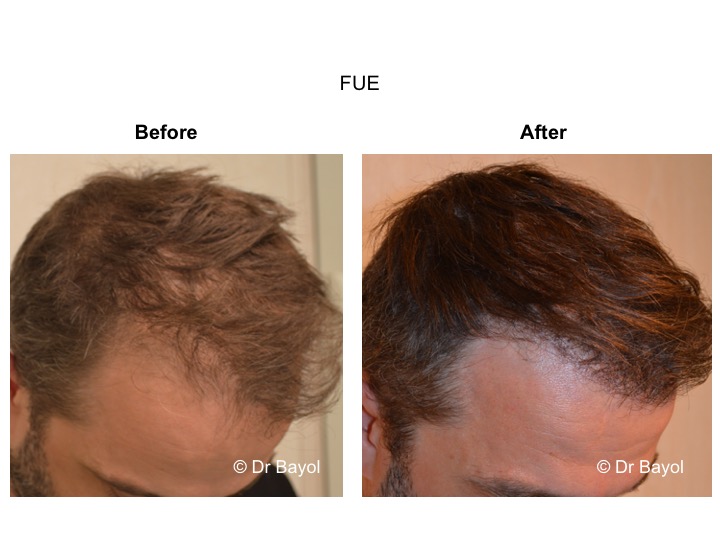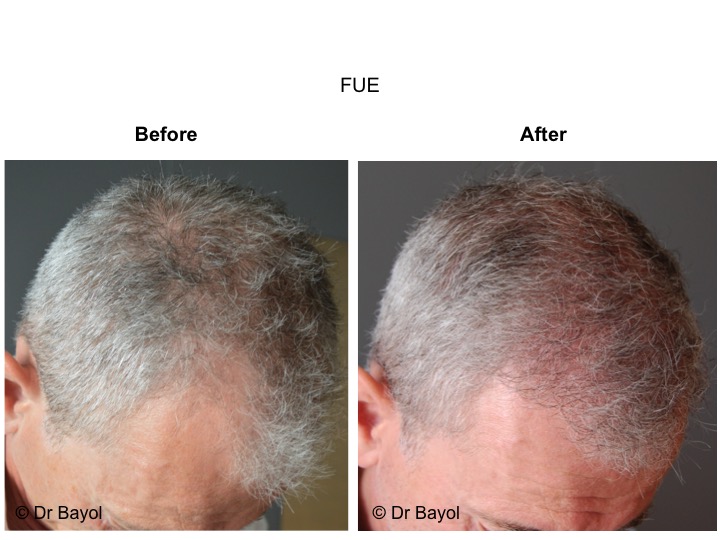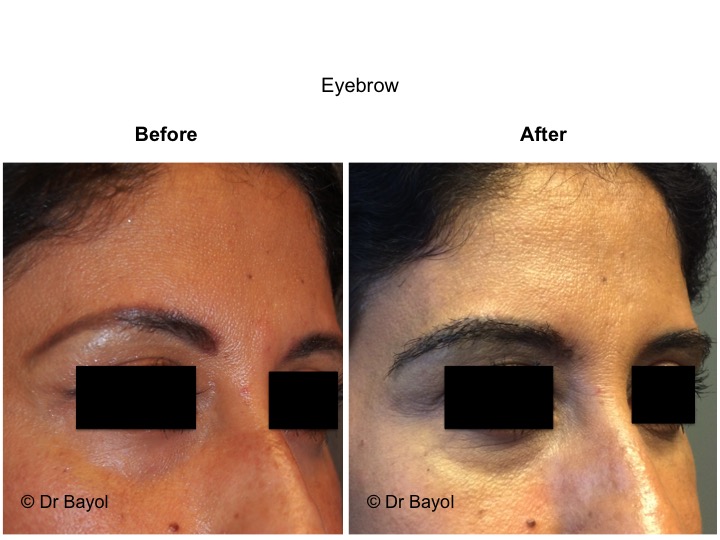HAIR LOSS SURGICAL TREATMENT
50% of men in their 50s are affected by alopecia, more commonly known as baldness. Surgical treatments for hair loss is now possible to resolve the problem with a natural result and hair that will not fall anymore. Thus, hair is taken from the patient in strip (FUT) or individually (FUE) depending on the surface that will need to be covered and will be transplanted on the bald areas.
> all about HAIR LOSS SURGICAL TREATMENT <
BALDNESS SURGICAL TREATMENT IN MONTREUX, LAUSANNE AND GENEVA (SWITZERLAND)
The hair loss surgical treatment at HAIRMEDICAL SWITZERLAND, aims to put hair back on the balding areas in order to re-densify them. However, this cosmetic surgical treatment will in no way stop or slow down hair loss. This is why it must systematically be associated to one or several medical treatments to fight hair loss before and after the procedure, to maintain and perpetuate overtime the result of the surgery.
The hair micro-transplant has become the reference regarding surgical treatment of alopecia. Other surgical methods are now almost no longer used. One can remind to remaining techniques (figure 1):
Figure 1: Scalp skin flap and tonsure reduction
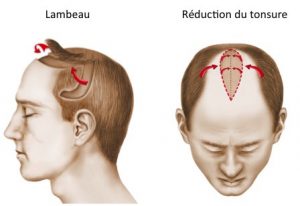
– The scalp skin flap: the aim of this technique is to reconstitute an anterior frontal hairline. A band of scalp, vascularized by vessels, is removed at the level of the temporal crown area. This skin flap is transferred to the hairline of the forehead. It is the only method that allows to bring a high density of hair in the frontal region in a single intervention. The disadvantage of this technique is that the scar from where the flap has been removed is often wide and under tension.
– The tonsure reduction: the aim of this method is to reduce the size of the baldness by iterative sutures of the glabrous skin. It is only possible if the scalp is sufficiently elastic. The aesthetic surgeon performs a resection of a skin flap measuring about 10 cm in length by 3-4 cm in width. This procedure can be repeated several times and facilitated by the installation of expansion balloons under the skin. As with the scalp flaps technique, this method has the disadvantage of causing large scarring.
– The scalp lift: this method is heavier and therefore less common. It combines a large tonsure reduction associated with the use of one or two scalp flaps to close the reduction and cover the frontal area. This procedure is usually performed under general anesthesia.
Progresses in the field of hair transplantation in Switzerland have been spectacular over the last twenty years. This revolutionary method makes it possible to obtain the most natural result possible with the use of grafted hair that will not fall. This procedure is suitable for both women and men.
If there is only one surgical method, the capillary micro hair graft, there are two possible techniques of graft removal which have their own advantages and disadvantages: the FUT technique and the FUE technique.
